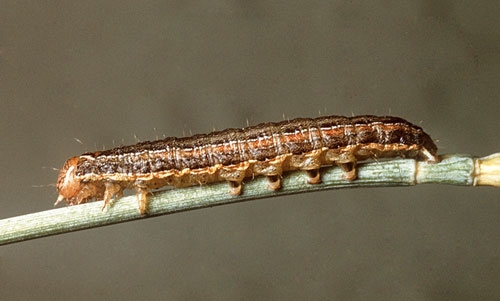A chance of thunderstorms most of the week and moderating air temperatures will promote prolonged leaf wetness and high humidity in the crop canopy both of which are favorable for development of several plant diseases. The smoky air also moderates solar radiation contributing to prolonged leaf wetness. Below are some tips for growers to consider avoiding aggravating these conditions and possibly preventing problems in the coming weeks.
Onions
Many onions fields in the Basin are bulbing, which often correlates with the start of several foliar diseases such as purple blotch and Stemphylium leaf blight, which have been on the rise in recent years. We are also seeing quite a bit of bacterial leaf blight in onions, which is often amplified after thunderstorms and frequent overhead irrigation. Hot temperatures the last couple of weeks required growers to irrigate every 3-5 days to keep up with crop water use, but crop water use should taper in the coming weeks. Growers should spend a lot of time digging to check soil moisture in multiple locations in each field and avoid unnecessary irrigation after rain and high humidity. If onion leaves remain wet for prolonged periods and/or onions are damaged by thunderstorms, grower should strongly consider starting a preventative fungicide program. Onion thrips populations are high in many fields, which can also increase the incidence and severity of foliar onion diseases. Be on the lookout for white rot as we are starting to see early signs of the disease in our research plots.
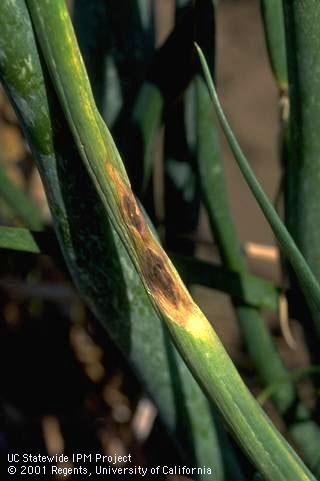
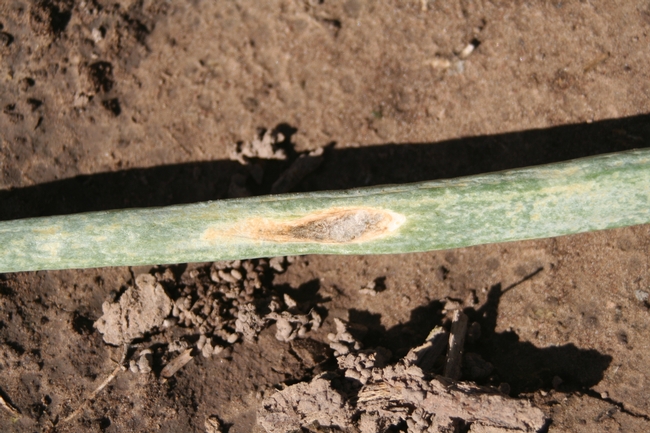
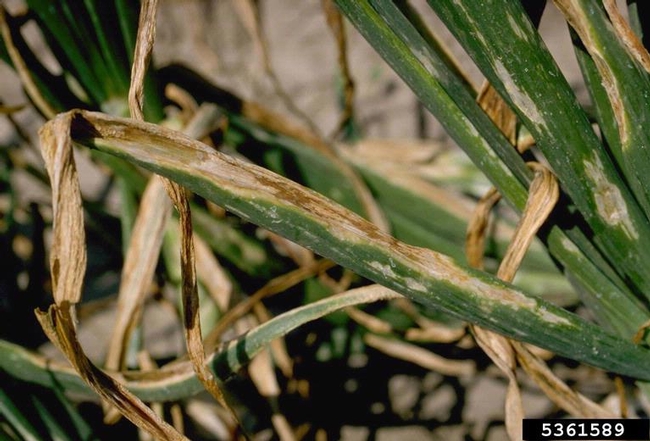
Potatoes
Many potato fields are in the bulking stage right now. Crop water use in most fields has decreased significantly with potato crop canopy growth complete and potato vines shading the hills. Growers should spend a lot of time checking soil moisture especially around potato tubers. If tuber lenticels are swollen or ruptured, irrigation MUST be tapered to prevent lenticel scarring and infection by diseases such as pink rot and soft rot. Conditions are very favorable for several foliar diseases including late blight and white mold. If potato foliage remains wet for prolonged period or fields are hit by thunderstorms, growers should consider preventative fungicides that are active on late blight and white mold such as Omega.
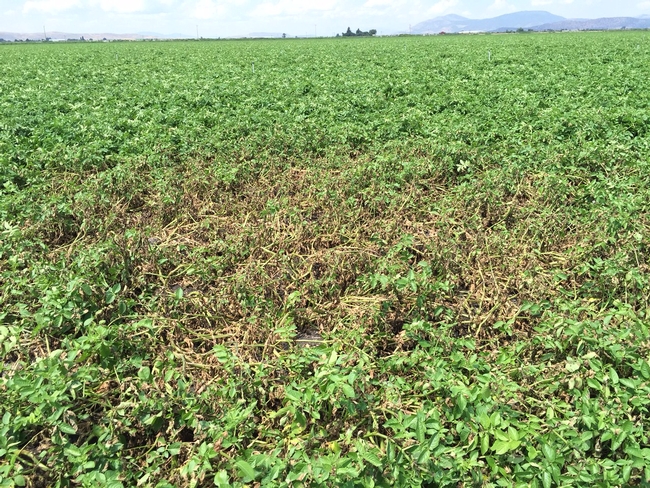
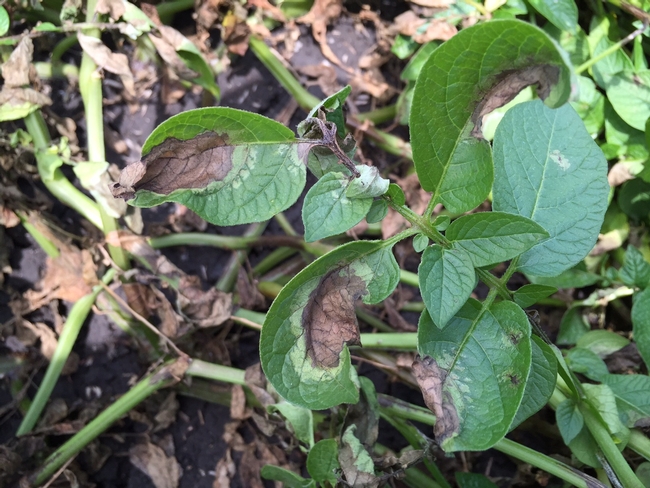
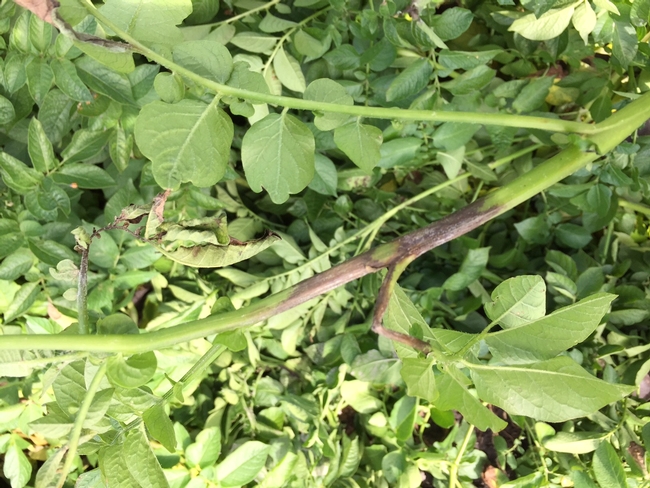
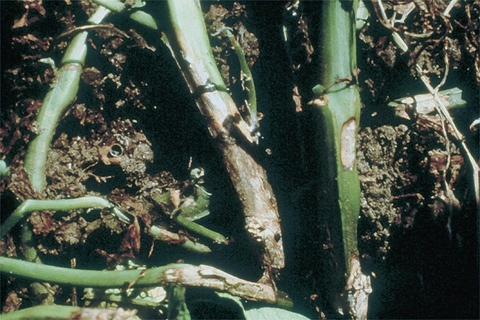
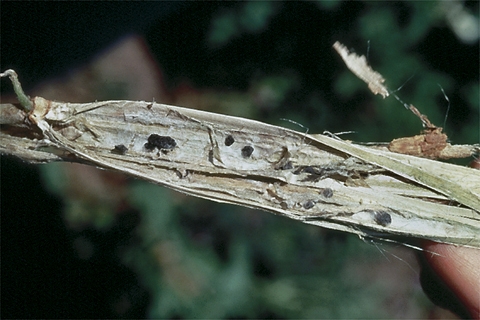
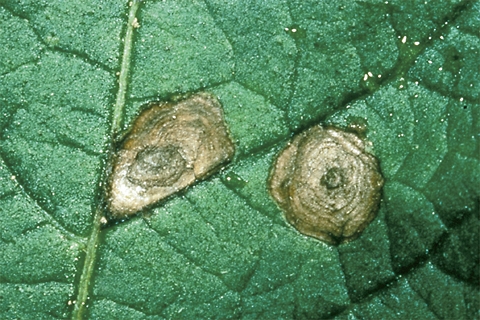
Small Grains
Most fields are past the point of irrigation and are drying down for harvest. If late-planted fields are still being irrigated, conditions are favorable for stripe rust. We are seeing stripe rust pustules increase dramatically in late-planted wheat and barley fields at IREC. Growers should look for heavy stripe rust pockets in mature fields, which can cause overheating problems with harvesting equipment.
Alfalfa and Grass Hay
Alfalfa growers need to focus on keeping up with crop water use. The hot weather the last several weeks in combination with short cutting intervals can easily lead to drought stress. Growers should check soil moisture often and make sure irrigation after cutting re-wets the soil profile. Grass hay growers be on the lookout for a second generation of armyworms. Nick Macy has seen a high number of moths in several fields and the first generation of armyworms caused significant damage to many grain fields.
